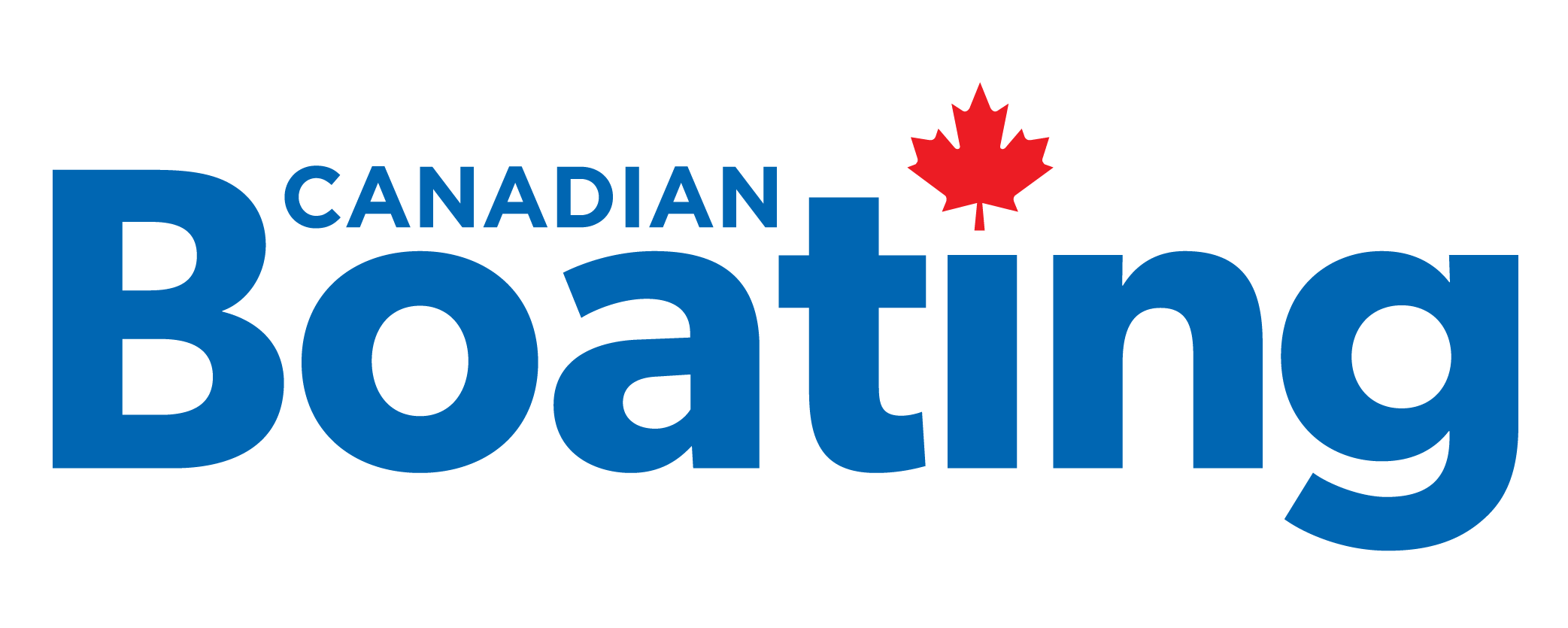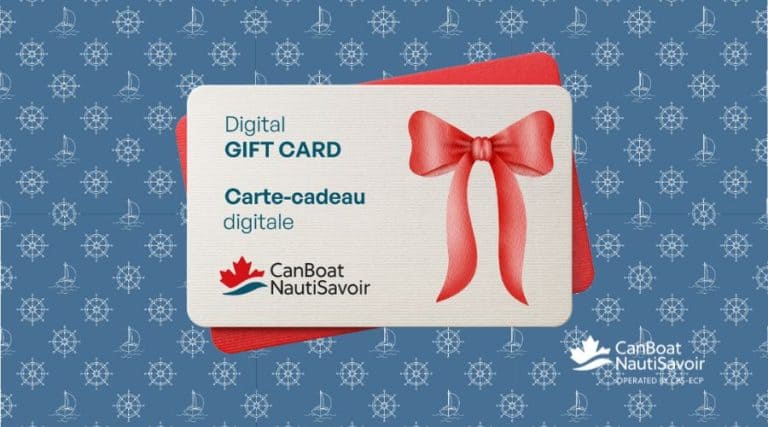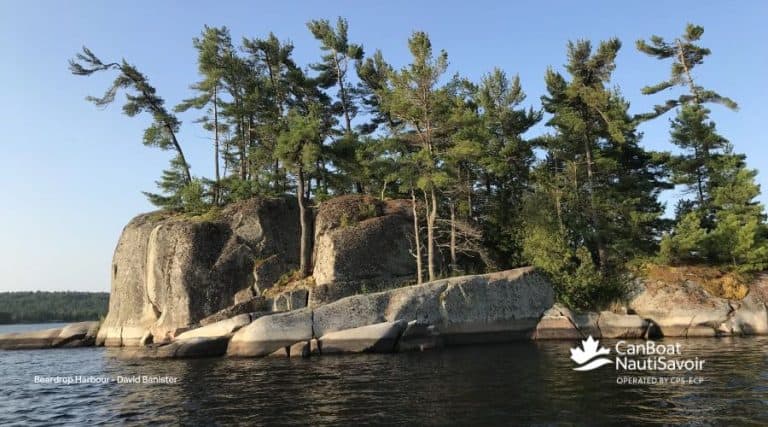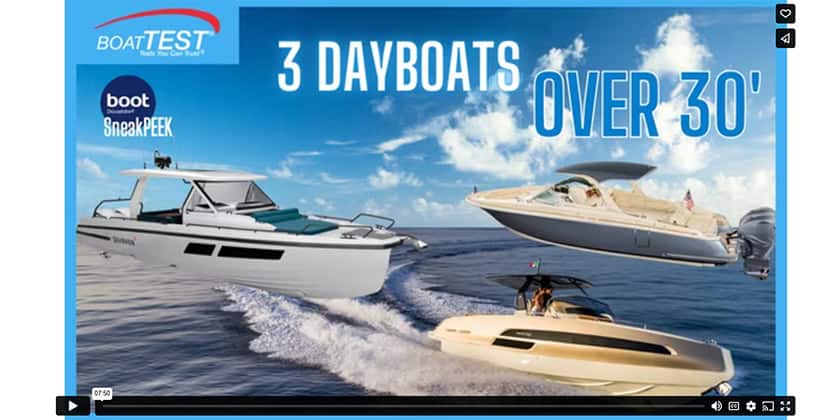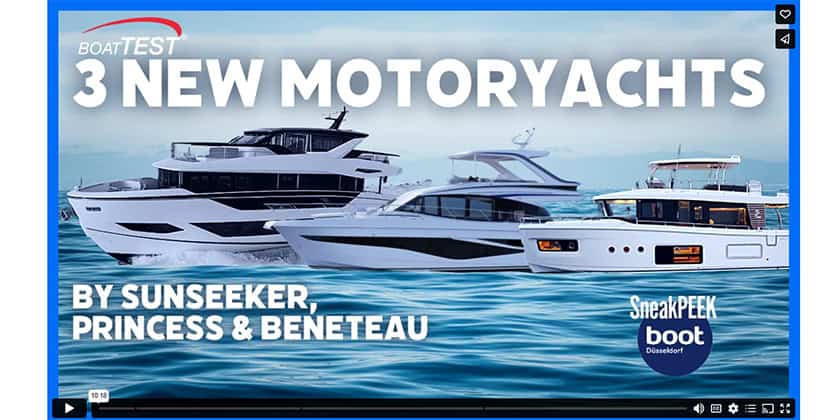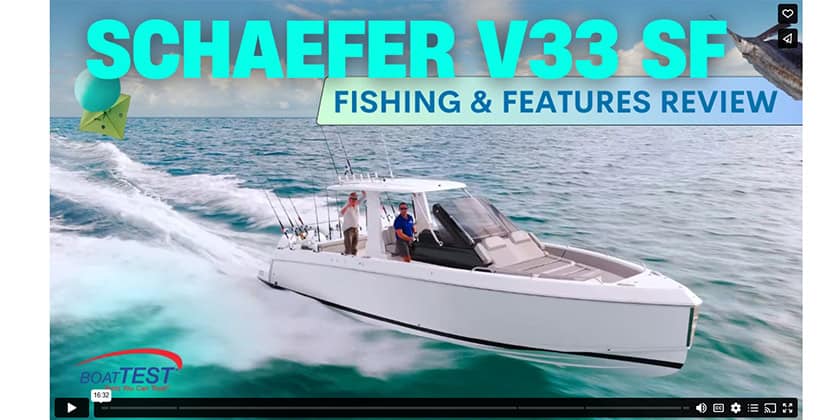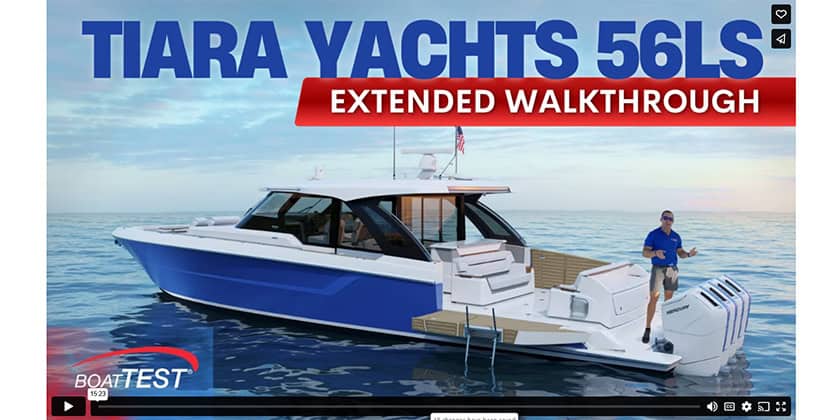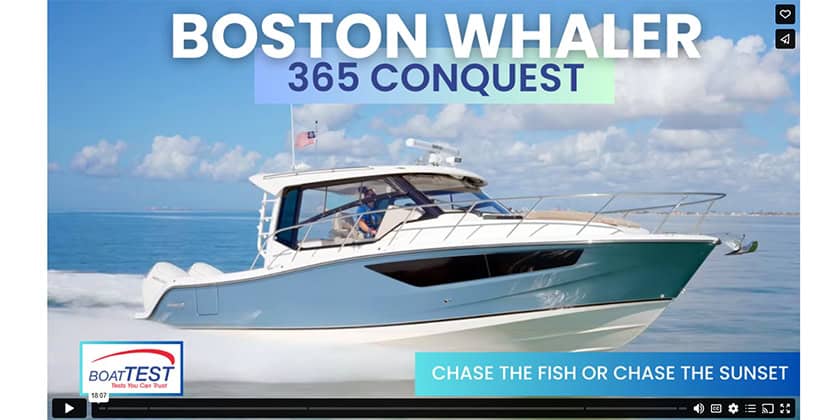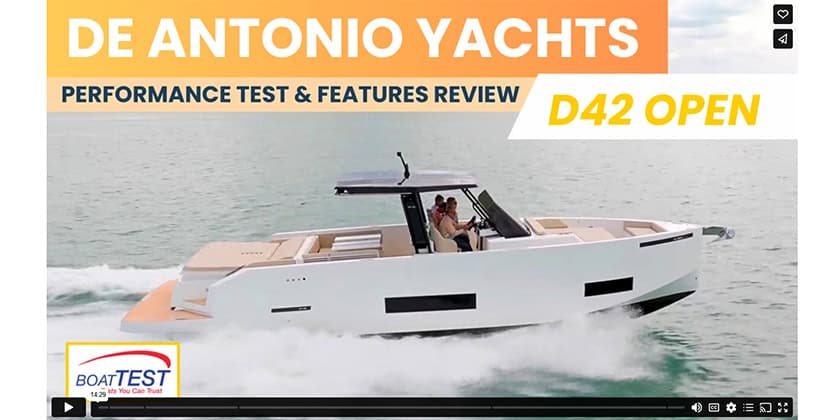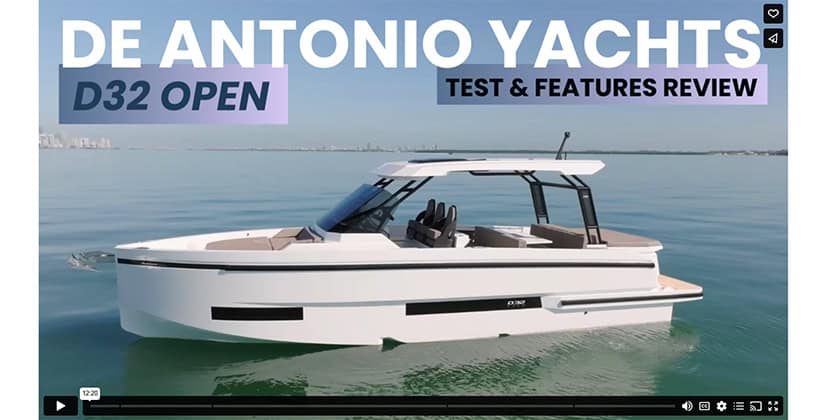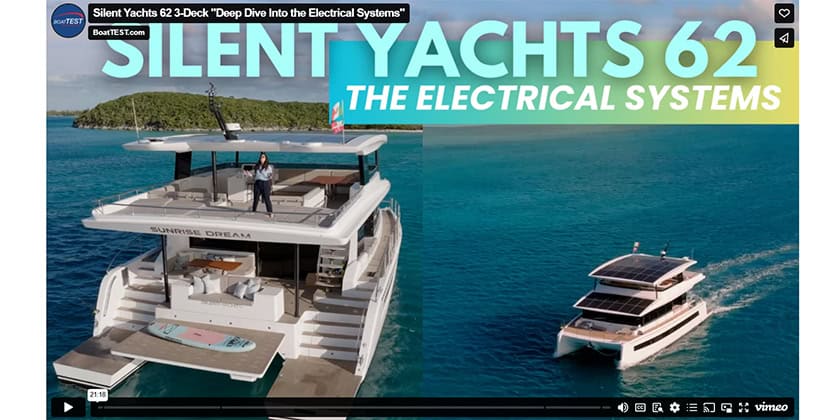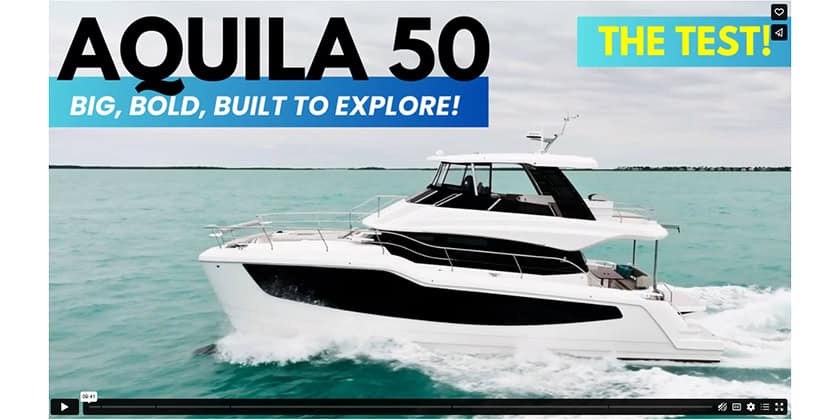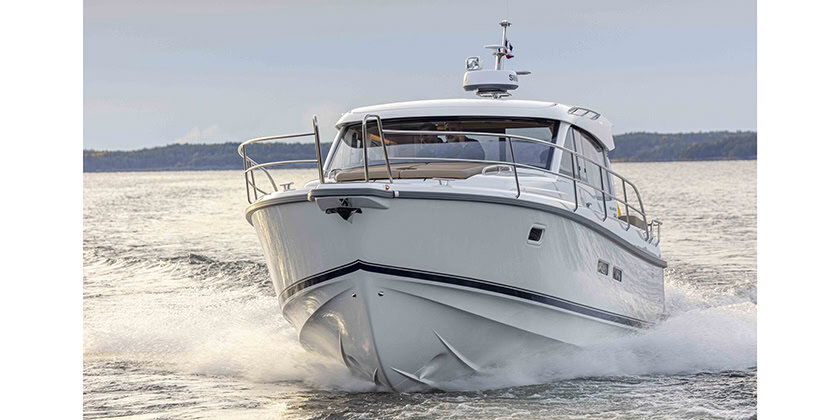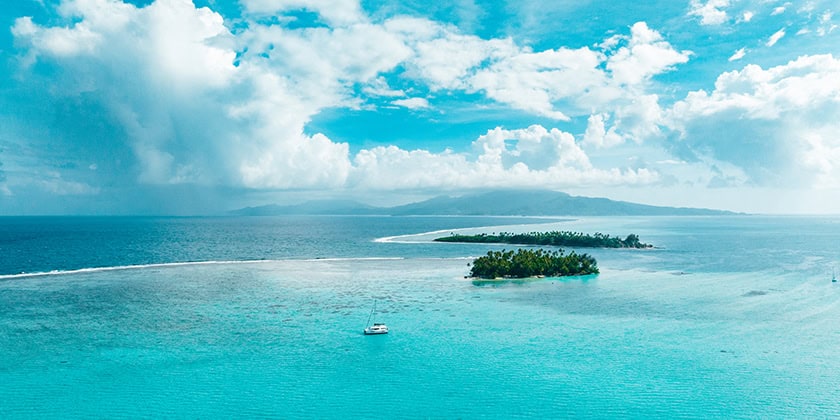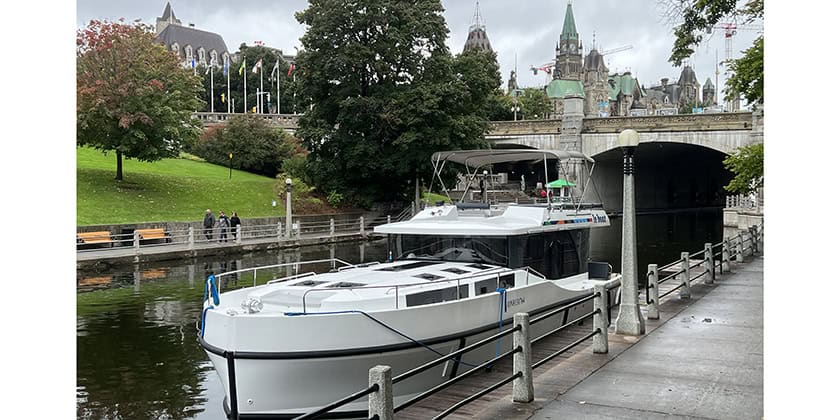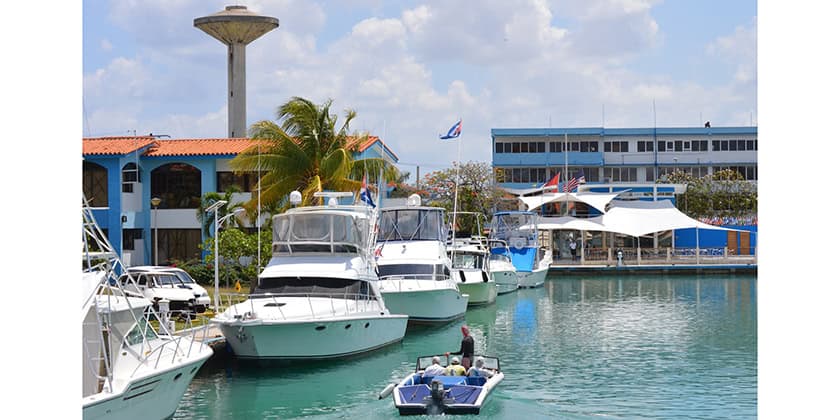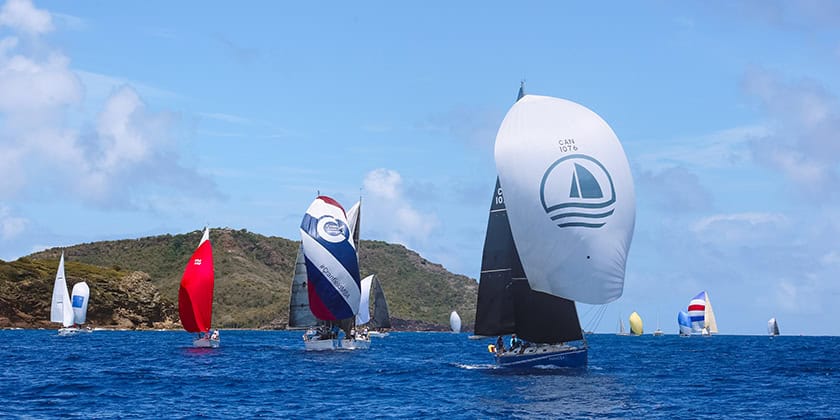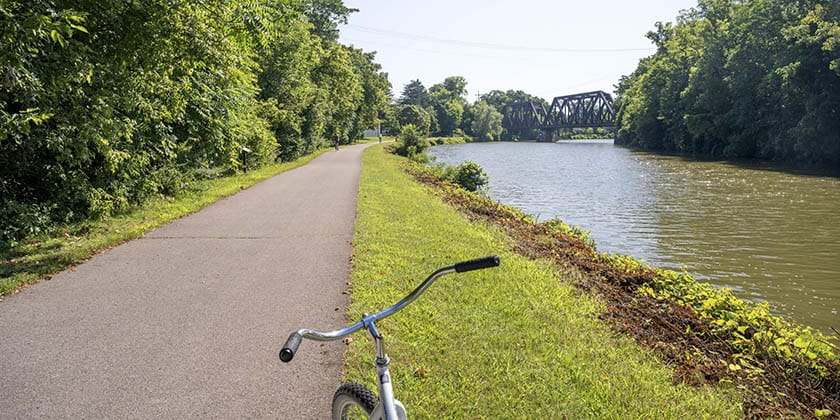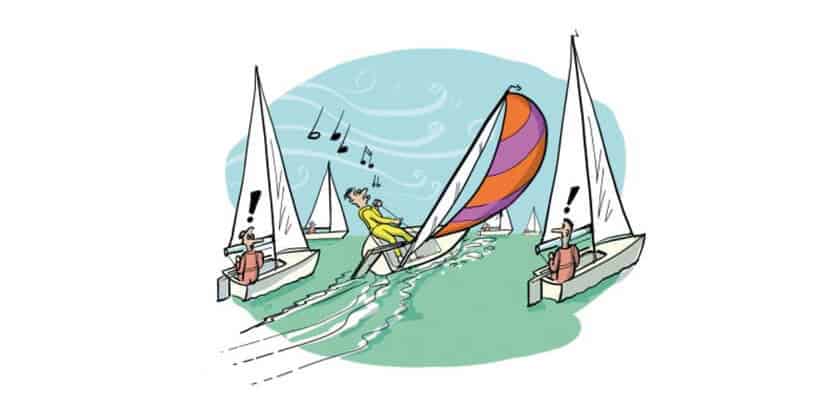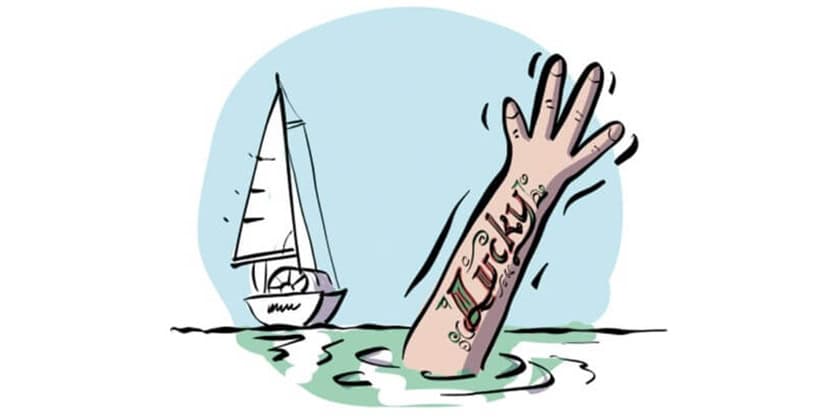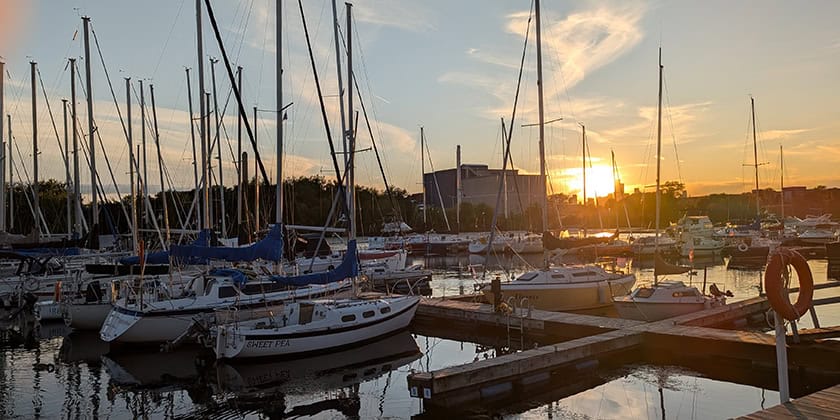Dropping Anchor? Remember Seafloor Resources Require Protection
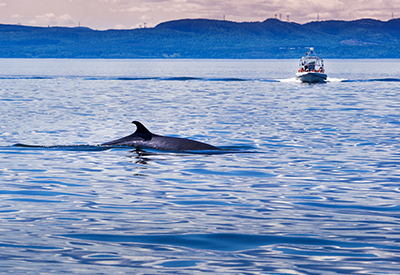
May 27, 2021
As the name implies, marine parks include aquatic as well as terrestrial park areas. Protection of the seafloor is even more essential than conservation of park terrestrial features because the seafloor damage is unseen.
The seafloor in marine parks provides vital habitat for a host of creatures: sea stars, sea urchins, sea cucumbers, crabs, shrimp, barnacles, mussels, chitons, snails, nudibranchs, tubeworms and ribbon worms, rockfish, sculpins, flounders and even the Giant Pacific octopus. That habitat exists at two levels:
• On the seafloor, eelgrasses grow horizontally in dense, extensive beds or meadows that provide food, shelter and protection for many organisms, including shellfish. Elsewhere, algae (commonly, “seaweeds”) cover the intertidal and a significant proportion of the subtidal seafloor. These algae also provide significant habitat and food.
• In the water column, kelps form high dense canopies above the seafloor. Like the seafloor flora, they provide habitat for many invertebrates and fish.
Those plants and their associated organisms play a vital role in the integrity of nearshore ecosystems in our marine parks. Given the diversity of marine life, anchoring in marine parks should be carefully controlled to minimize ecological impact. Some non-government organizations have attempted to make mooring less damaging. For example, the BC Marine Parks Forever Society (Footnote 1) has provided stern ties in nine (footnote 2) of the fourteen popular marine parks. However, stern tying does not eliminate anchoring damage – it still requires setting an anchor off the bow.
Efforts have been made in some local marine parks to educate boaters about anchor damage. Sidney Spit has signs on the dock asking boaters to avoid anchoring in less than 10 metres of water. However, voluntary compliance is inadequate because anchoring continues. A 2006 study at Sidney Spit (footnote 3) reported that, even when unoccupied mooring buoys were available, 30% of overnighting boats nevertheless chose to anchor, with 85% of those boats anchored in sensitive eelgrass beds.
Allowing (and, in light of the mooring buoy fee, actually encouraging) anchoring is directly contrary to sound conservation of seafloor life in our marine parks.
Excerpt from:
Alternative to Anchoring in BC Marine Parks by Ben van Drimmelen
To read the full article visit: www.boatblue.ca
Footnotes:
1. https://www.bcmpfs.ca/
2. The nine are listed at https://www.bcmpfs.ca/find-marine-parks/
3. Leatherbarrow, K.E., 2006; Monitoring environmental impacts of recreational boat anchoring on eelgrass (Zostera marina L.) and benthic invertebrates in the Gulf Islands National Park Reserve of Canada. Master’s thesis, Department of Geography, University of Victoria. 114 pp.
